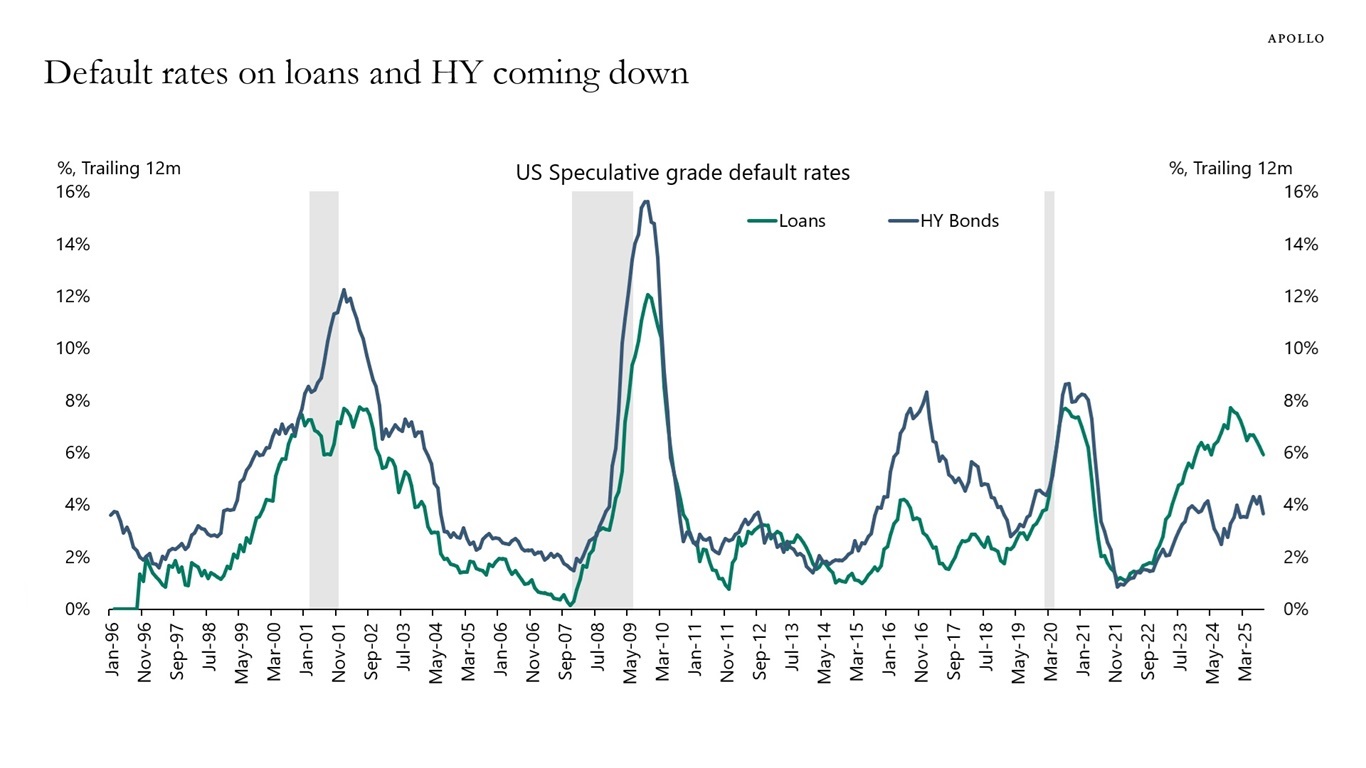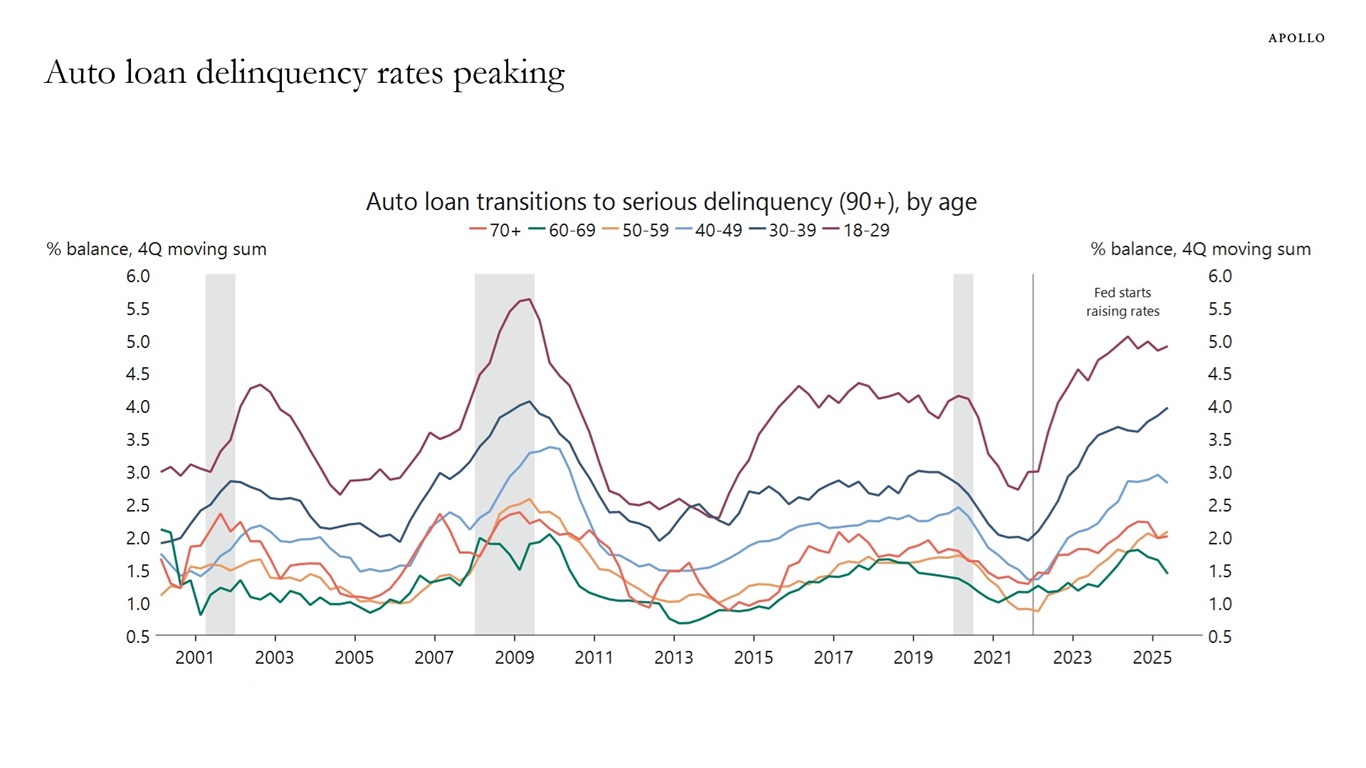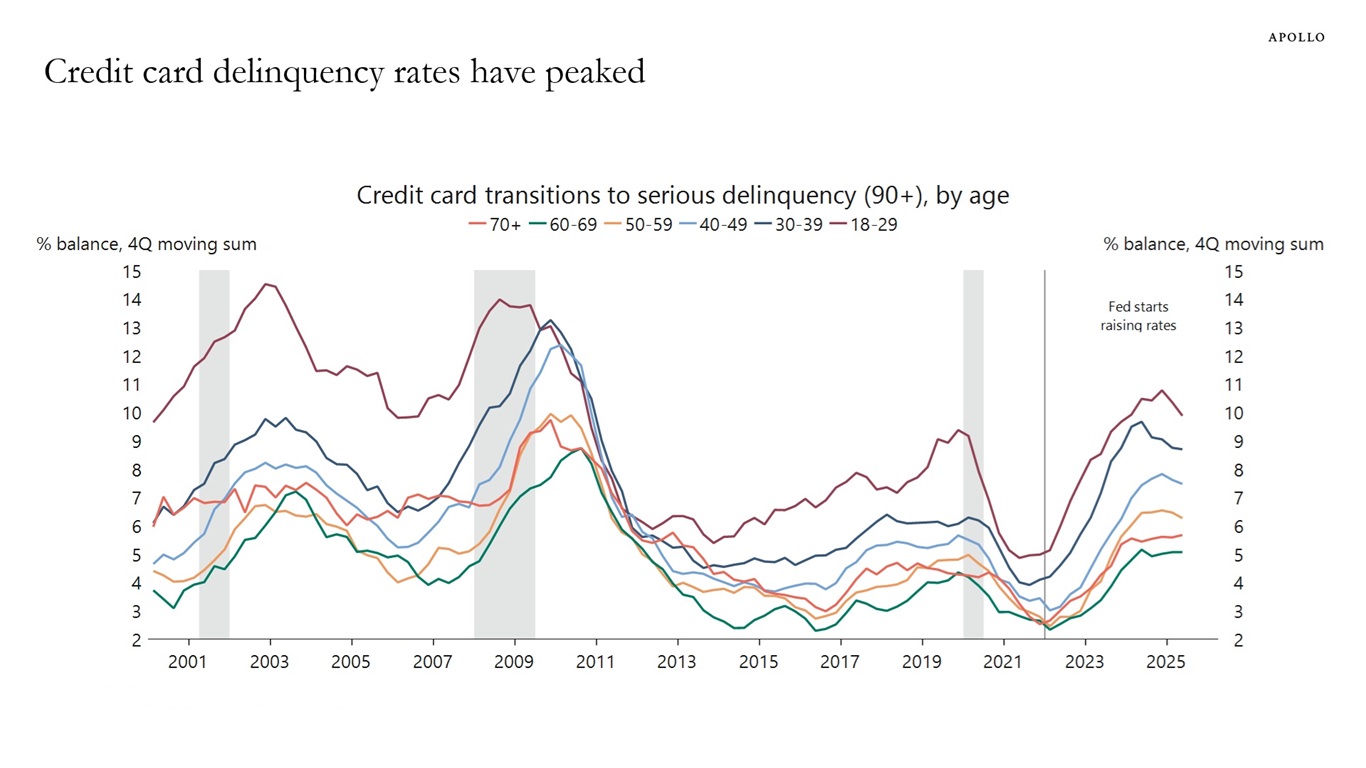“Priceless” historic jewellery has been stolen from the Louvre in Paris after a highly professional robbery by men who used an angle grinder to break through glass and enter one of the museum’s most ornate rooms.
The world’s most-visited…

“Priceless” historic jewellery has been stolen from the Louvre in Paris after a highly professional robbery by men who used an angle grinder to break through glass and enter one of the museum’s most ornate rooms.
The world’s most-visited…

Cognizant Technology Solutions recently announced the launch of its Enterprise Vibe Coding Blueprint, a suite of services and reusable intellectual property that enables large enterprises to securely and efficiently operationalize AI-assisted coding across both technical and non-technical teams.
This move builds on the company’s record-setting Vibe Coding Week and highlights a shift toward fostering broad-based AI literacy and practical application within client organizations, reaching beyond traditional developer roles.
We’ll explore how the introduction of the Enterprise Vibe Coding Blueprint could reshape Cognizant’s investment case and growth outlook.
Uncover the next big thing with financially sound penny stocks that balance risk and reward.
To be a Cognizant Technology Solutions shareholder, one must believe in the company’s ability to lead enterprise adoption of AI-driven services, leveraging its proprietary platforms and deep consulting expertise to accelerate clients’ digital transformation. While the launch of Enterprise Vibe Coding Blueprint amplifies Cognizant’s differentiation in enterprise AI, it does not materially shift the immediate catalyst, clients scaling GenAI/automation projects, nor does it reduce the key risk of margin pressure from heightened competition and evolving client demands.
Among recent developments, Cognizant’s July rollout of Agent Foundry stands out as it directly relates to the company’s focus on proprietary AI offerings, further supporting the current catalyst of large-scale AI implementation deals. Both the Blueprint and Agent Foundry signal Cognizant’s commitment to capturing new automation-led revenue streams, but risks remain if the company cannot continue scaling these platforms to offset potential headwinds from traditional outsourcing erosion.
However, investors should also be aware that if technological progress outpaces demand for Cognizant’s labor-intensive services…
Read the full narrative on Cognizant Technology Solutions (it’s free!)
Cognizant Technology Solutions’ latest forecasts project $23.5 billion in revenue and $2.9 billion in earnings by 2028. This outlook is based on analysts’ expectations for 4.7% annual revenue growth and a $0.5 billion increase in earnings from the current level of $2.4 billion.
Uncover how Cognizant Technology Solutions’ forecasts yield a $85.80 fair value, a 30% upside to its current price.
Eight community-generated fair value estimates for Cognizant range from US$66.06 to US$117.06 per share, reflecting wide variation in expectations. While many see upside, ongoing competition from established technology vendors could impact future earnings and project wins, consider multiple viewpoints to make a more informed decision.

As a market that has shown steady growth for years, 4X games thrive on its core principles: eXplore, eXpand, eXploit, and eXterminate.
The result is one of the most demanding genres to build, yet also one of the most rewarding: long-term…

If you are eyeing CME Group stock and wondering whether now is the right time to buy, hold, or maybe wait on the sidelines, you are not alone. Over the past few years, CME has treated its long-term shareholders to a remarkable journey, boasting a 100.4% return over the past five years. Even zooming in, the ride has stayed exciting, with a 15.1% return so far this year and 22.6% over the last twelve months. Some investors might notice the dip of 1.3% in the past week, raising questions about whether new developments such as the company’s plan to launch sports contracts by the end of the year are already baked into the price or are hinting at shifting risk perceptions in the market.
Of course, price action is only half the story. Analysts have recently adjusted their expectations; UBS even trimmed its price target slightly, despite raising estimates, reflecting a bit more caution about future outlook. Meanwhile, CME’s latest venture into sports contracts could open fresh revenue streams, especially as it wades deeper into prediction markets alongside big names in the industry. With competitors watching closely and industry partnerships evolving, the question is not just whether CME Group’s stock can keep climbing, but whether its current valuation really stacks up against its prospects.
When we run CME Group through our 6-factor valuation check, it scores a 1 out of 6 for being undervalued, so not a screaming bargain at first glance. But before jumping to conclusions, let’s break down what those valuation measures really mean and see if there is a more insightful way to judge what CME is worth in today’s market.
CME Group scores just 1/6 on our valuation checks. See what other red flags we found in the full valuation breakdown.
The Excess Returns valuation approach examines how well a company generates returns above its cost of equity. Instead of focusing simply on earnings or cash flows, it measures the value created over and above what shareholders expect as a return for their capital. For CME Group, recent analyst estimates suggest its book value stands at $77.13 per share, while its expected stable earnings per share are $12.28, based on a weighted average of future Return on Equity projections from eight analysts.
With a cost of equity set at $6.41 per share, CME achieves an excess return of $5.87 per share. This translates to an impressive average Return on Equity of 15.56%. The model also references a stable book value projection of $78.88 per share, built from assessments by five different analysts. These figures together inform a valuation model designed to capture the company’s ability to unlock value well into the future, rather than reflecting just short-term profits.

Yuki Tsunoda has hit out at Liam Lawson for “always doing something on purpose” after complaining of being blocked by the Racing Bulls driver in Qualifying for the United States Grand Prix.
Tsunoda and Lawson have been involved in a number of…

The world of botany is usually pretty good at following certain rules. It was previously thought that because the Fibonacci sequence is present in the structure of so many extant plant species, it must have evolved in some of the earliest…

Best viewing under moonless skies from 1 a.m. to dawn
Each October, Earth passes through the inbound debris stream of Halley’s Comet, producing the annual Orionid Meteor Shower. The outbound portion of this same debris trail…

FRISCO, Texas — Donovan Ezeiruaku never went more than two games last year at Boston College without a sack. He is six games into his Dallas Cowboys career, and the second-round defensive end is still looking for his first sack as a…

Contrary to widespread fears about the economic outlook, key credit indicators are turning more bullish. Default rates for high yield debt and loans have peaked, along with delinquency rates for auto loans and credit cards, see charts below.
Three factors explain why corporate default and consumer delinquency rates are moving lower:
1) Uncertainty related to the trade war is significantly lower than its peak during Liberation Day.
2) The ongoing AI boom is boosting the buildout of data centers and related energy infrastructure. Simultaneously, higher stock prices are supporting consumer spending.
3) Investors are increasingly recognizing that we are in the early stages of an industrial renaissance across sectors like aerospace, defense, manufacturing, biotech and technology/automation.
In summary, while the trade war remains a mild drag on growth, its impact is being more than offset by the tailwinds from the AI boom and the industrial renaissance. Consequently, there is a growing upside risk that economic growth will reaccelerate over the coming quarters.


Download high-res charts
This presentation may not be distributed, transmitted or otherwise communicated to others in whole or in part without the express consent of Apollo Global Management, Inc. (together with its subsidiaries, “Apollo”).
Apollo makes no representation or warranty, expressed or implied, with respect to the accuracy, reasonableness, or completeness of any of the statements made during this presentation, including, but not limited to, statements obtained from third parties. Opinions, estimates and projections constitute the current judgment of the speaker as of the date indicated. They do not necessarily reflect the views and opinions of Apollo and are subject to change at any time without notice. Apollo does not have any responsibility to update this presentation to account for such changes. There can be no assurance that any trends discussed during this presentation will continue.
Statements made throughout this presentation are not intended to provide, and should not be relied upon for, accounting, legal or tax advice and do not constitute an investment recommendation or investment advice. Investors should make an independent investigation of the information discussed during this presentation, including consulting their tax, legal, accounting or other advisors about such information. Apollo does not act for you and is not responsible for providing you with the protections afforded to its clients. This presentation does not constitute an offer to sell, or the solicitation of an offer to buy, any security, product or service, including interest in any investment product or fund or account managed or advised by Apollo.
Certain statements made throughout this presentation may be “forward-looking” in nature. Due to various risks and uncertainties, actual events or results may differ materially from those reflected or contemplated in such forward-looking information. As such, undue reliance should not be placed on such statements. Forward-looking statements may be identified by the use of terminology including, but not limited to, “may”, “will”, “should”, “expect”, “anticipate”, “target”, “project”, “estimate”, “intend”, “continue” or “believe” or the negatives thereof or other variations thereon or comparable terminology.